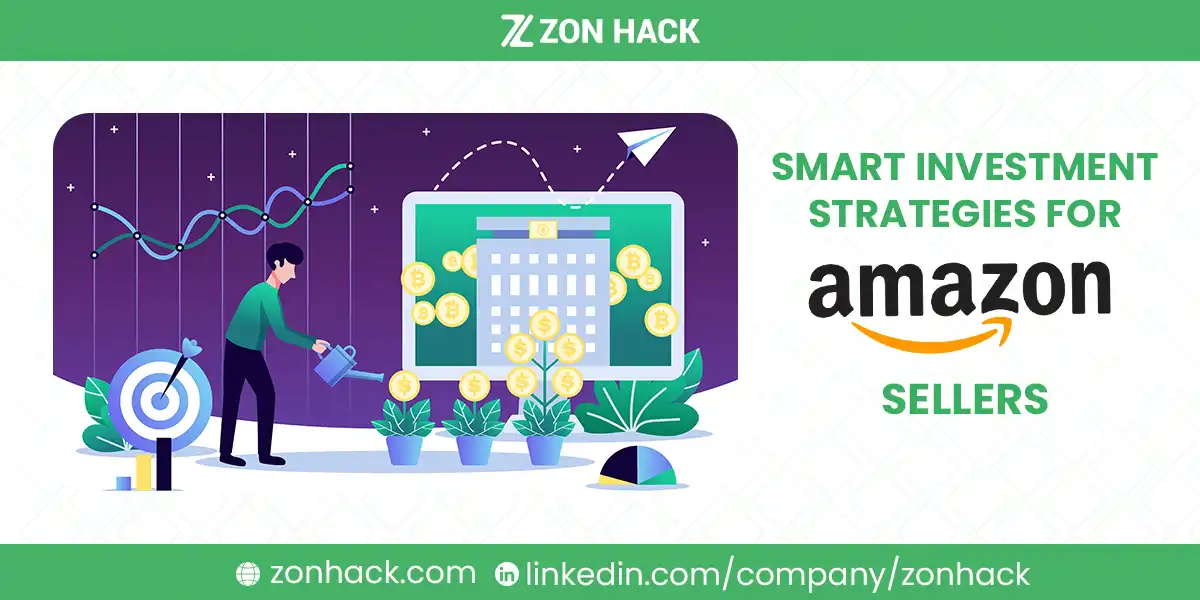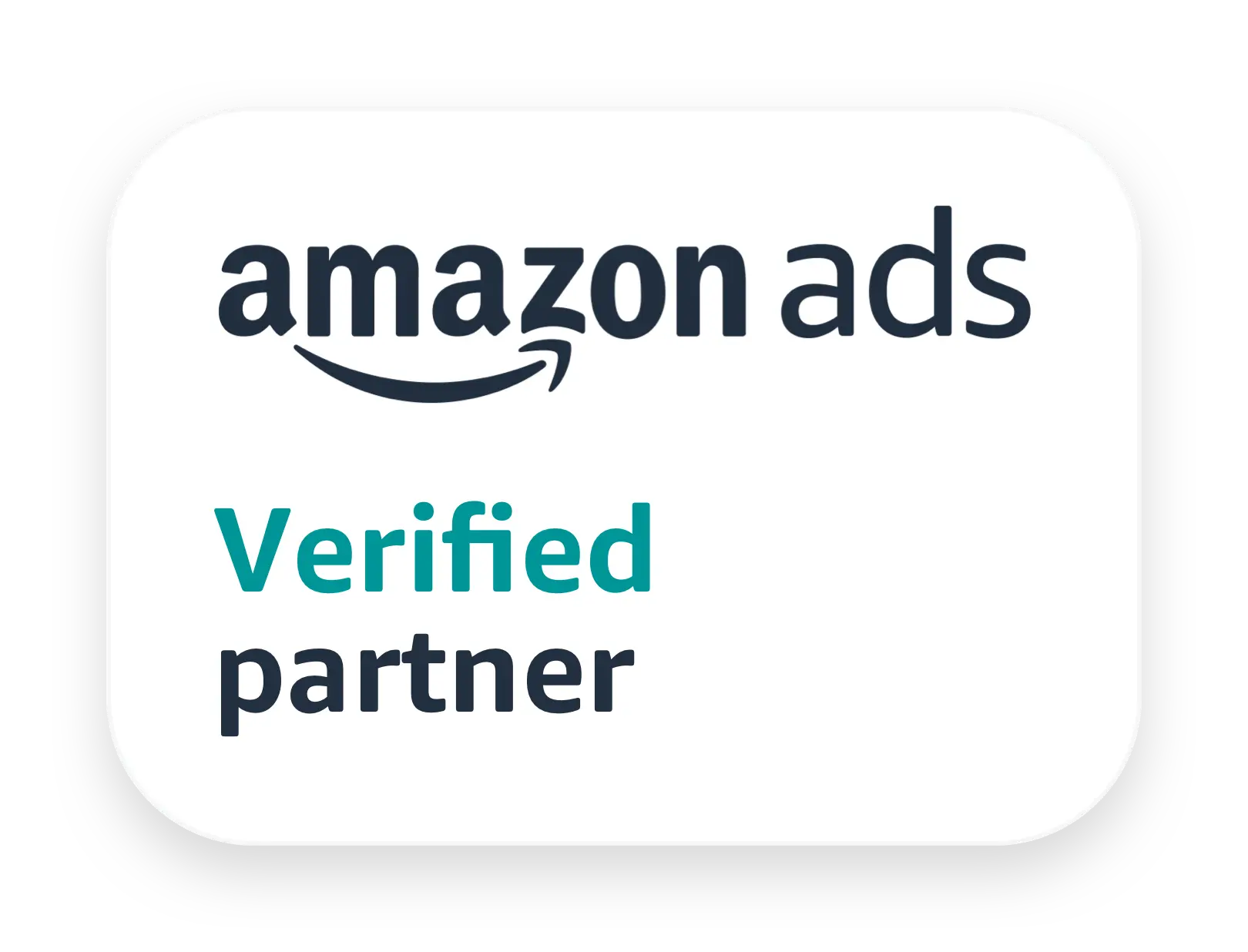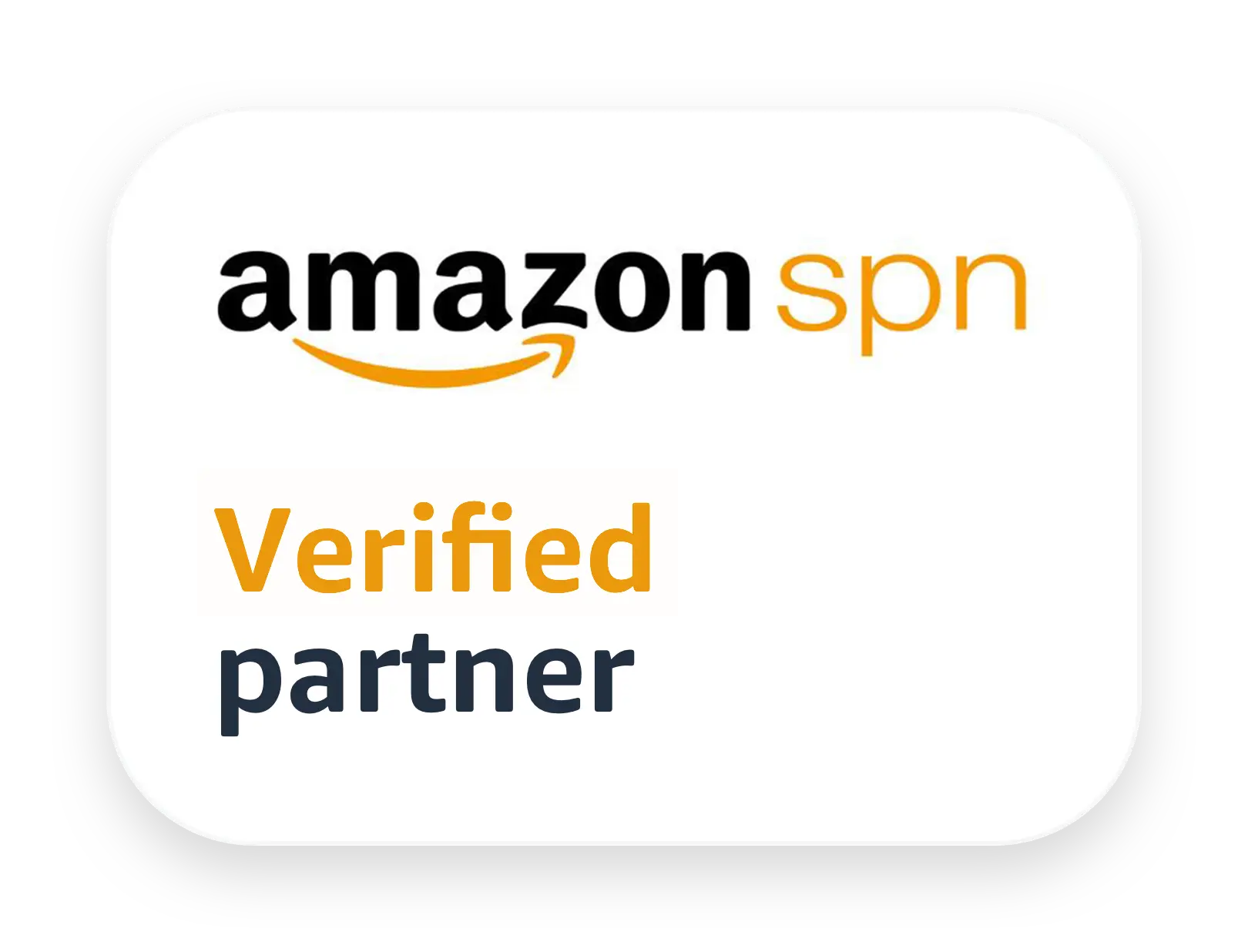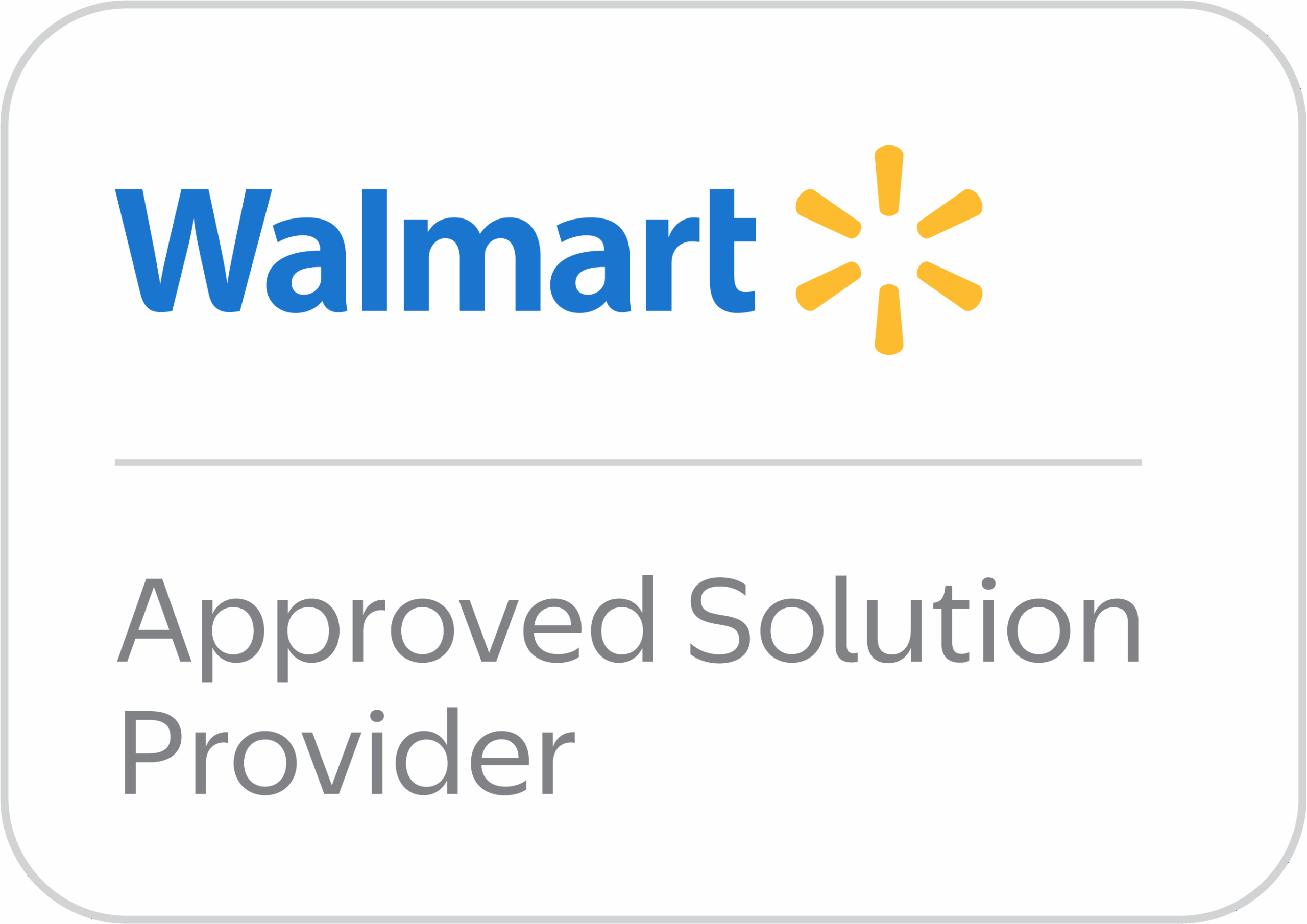Running an Amazon business in 2025 is about more than launching products and running ads—it’s about strategic investment. Whether you’re just hitting your first $10K month or managing a growing private label brand, where you choose to reinvest can make or break your growth trajectory. From inventory tools to branding, and global expansion to financing, let’s explore the smartest ways to invest in your Amazon business for long-term profitability.
Reinvesting in Your Amazon Business
One of the most important strategies for growth is reinvesting a portion of your profits back into your business. This ensures you’re not just maintaining momentum, but actively scaling toward bigger goals.
Inventory Management
Your first investment priority should be inventory. Running out of stock can kill your organic ranking and lose customer trust, while overstocking eats up capital and racks up storage fees. Sellers in 2025 are increasingly turning to tools like SoStocked or InventoryLab, which help forecast demand, automate restocking, and track inventory across multiple warehouses. For example, if you sell a seasonal product like holiday decor, these tools can help you scale stock before Q4, then taper down as the season ends—maximizing profits without overcommitting capital.
Product Listing Optimization
A high-converting listing is one of the best returns on investment an Amazon seller can make. Start by improving your images and adding lifestyle photos or short videos that demonstrate product use. For sellers enrolled in Brand Registry, adding A+ Content and even a Brand Story can dramatically increase conversion rates by enhancing your listing’s visual and informational value.
A well-optimized title using high-intent keywords like “natural exfoliating turmeric soap bar” will improve visibility in search results. Don’t stop there—continually A/B test your bullet points or images using Amazon’s Manage Your Experiments tool to identify what resonates with your audience. One client increased their conversion rate by 18% simply by changing their main image to one showing the product in use.
Advertising and Marketing
Paid visibility is still a cornerstone of Amazon growth. Investing in Sponsored Products ads can help push new listings into customer view, while Sponsored Brands ads build top-of-funnel awareness. For example, a brand selling yoga mats may find that a Sponsored Brands campaign featuring multiple products plus a branded headline drives higher average order values.
Experimenting is key—some sellers discover better returns by targeting long-tail keywords or setting up video ads that run on mobile. Beyond Amazon, driving external traffic from Instagram, TikTok, or a well-built email list not only improves your traffic but also boosts organic ranking thanks to Amazon’s external traffic attribution systems.
Branding
Investing in your brand identity can separate you from commodity sellers. If you’re enrolled in Amazon Brand Registry, you have access to enhanced marketing tools like A+ Content, a customizable Amazon Storefront, and detailed analytics. Building a consistent visual identity—logos, tone of voice, packaging—helps reinforce customer loyalty and increases perceived value.
Take the example of a kitchenware brand that redesigned their packaging and Storefront in Q1. By Q2, they saw a 22% increase in repeat purchases and stronger conversion on Sponsored Brands campaigns thanks to improved brand recall.
Tools and Software
As you scale, you need to work smarter, not harder. Investing in specialized tools gives you a competitive edge. For pricing, automated repricers like Seller Snap help you stay competitive without tanking margins. Feedback management tools such as FeedbackWhiz can help you monitor customer sentiment and act quickly on negative reviews. Profit analytics platforms like ZonGuru or ZonHack’s Analytics Suite provide clear dashboards for tracking margins, ad spend, and ROI.
Outsourcing and Fulfillment
You don’t need to wear every hat. If you’re still prepping, labeling, or shipping products yourself, it might be time to outsource these to a prep center or fully rely on Fulfillment by Amazon (FBA). This frees up time to focus on strategy, product sourcing, or marketing.
Similarly, hiring a virtual assistant for tasks like customer support, review monitoring, or basic listing updates can make your business more efficient. For example, a 7-figure supplement brand used a VA to manage support tickets and increased their feedback score from 4.2 to 4.7 over six months—leading to more organic sales.
Expanding Your Reach
Once your foundation is stable, the next step is to grow beyond your current limits.
Selling Globally
Amazon makes international selling easier than ever through programs like NARF (North America Remote Fulfillment) and FBA Export. Selling your products in Amazon UK, Germany, or Canada can expand your customer base without needing a separate infrastructure. A seller of eco-friendly baby products doubled their revenue within a year after launching in Europe, where demand for organic baby gear is surging.
B2B Opportunities
With Amazon Business, sellers can tap into bulk orders and repeat customers from companies, schools, or institutions. If you sell office supplies, cleaning products, or tools, this channel can open high-volume opportunities. Listing products with B2B pricing and quantity discounts can make your offers more attractive to large buyers.
Channel Diversification
It’s wise to begin building off-Amazon channels, such as your own Shopify store or presence on Walmart.com. Amazon’s dominance is undeniable, but so is the risk of being dependent on a single platform. Owning your own customer data via email lists or building a loyal community on Instagram can help you weather any Amazon algorithm changes or suspensions.
Protecting and Growing Your Brand
Strong brands not only grow faster—they’re also more defensible.
Brand Registry and Protection
Joining Amazon Brand Registry doesn’t just unlock marketing tools—it gives you access to brand protection features that help remove counterfeiters and hijackers. You also gain access to Brand Analytics, which reveals customer search terms and competitor data, helping you make informed decisions.
Customer Engagement
Positive customer experience is essential for long-term brand growth. Responding quickly to questions, addressing negative reviews, and proactively using tools like Amazon Vine to gather early product reviews can all help improve conversion and trust.
An Amazon seller of home fitness gear saw their BSR (Best Sellers Rank) improve significantly after launching a post-purchase follow-up system that requested feedback and responded to all reviews within 48 hours.
Financial Investments and Funding
Even with a great product and marketing, you need working capital to grow.
Revenue-Based Financing
This form of funding gives you access to growth capital without giving up equity or control. Platforms like Wayflyer or SellersFi offer loans where repayment is tied to a percentage of daily revenue—scaling with your performance. It’s perfect for funding large Q4 inventory orders or advertising pushes without putting strain on cash flow.
Inventory Financing
Many sellers use short-term loans or lines of credit to purchase inventory ahead of peak seasons. These loans are often based on your past sales performance and can be repaid once the stock sells through. It helps you avoid stockouts while preserving day-to-day liquidity.
Strategic Partnerships
Collaborating with influencers, niche content creators, or even other brands for co-branded bundles or marketing campaigns can create powerful win-wins. For example, a skincare brand partnered with a wellness influencer to co-create a product bundle and saw a 3x return on marketing spend within two weeks of launch.
Conclusion
Scaling your Amazon business isn’t just about more products—it’s about smarter investments. From tools and branding to expansion and financial planning, each decision you make can strengthen your foundation and unlock the next level of growth. Think beyond daily sales and start building long-term value.




